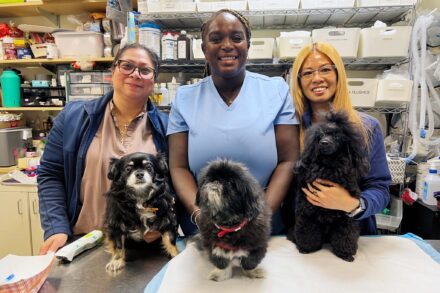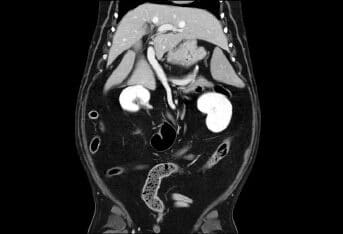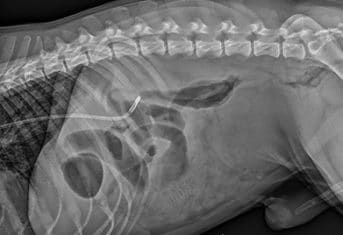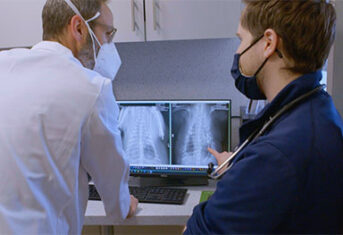Cryptorchidism in Cats and Dogs: What Pet Owners Need to Know
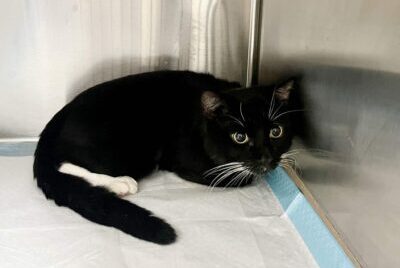
Cryptorchidism in Cats and Dogs: What Pet Owners Need to Know
A cat loving client of the Schwarzman Animal Medical Center is fostering a young male cat. In preparing for his neuter surgery, she found out the cat has a retained testicle and will require additional testing to determine where the testicle is and how best to approach the neuter surgery. The medical term for retained testicles is cryptorchidism, with the root, orchid coming from the Greek for testicle or órkhis. I’ll discuss this uncommon condition in today’s blogpost.
The Prevalence of Cryptorchidism in Cats and Dogs
Between conception and birth, the testicles form near the kidneys and migrate from inside the abdomen to their final position in the scrotum. In about 1-3% of cats, the testicles do not descend properly resulting in cryptorchidism. Cryptorchidism is about twice as common in dogs, occurring in 3-6%.
Finding a Retained Testicle
A retained testicle can be anywhere between the kidney and the inguinal area (the area between the torso and the thigh). The inguinal area is the most common location of retained testicles in both dogs and cats. Often, I can feel the retained testicle in the inguinal area if I lay the puppy or kitten on its back in my lap. If I can’t feel it, then I need one of our radiologists to perform an abdominal ultrasound and determine the location. Abdominal ultrasound is a really good test for locating the testicle, and knowing its location is imperative for the surgeon to plan the neuter procedure.
How to Tell if Your Pet is Cryptorchid or Neutered
Since cats can’t tell us if they have been neutered or not and a neutered cat is visually indistinguishable from a cryptorchid cat with two retained testicles, we sometimes need a blood test to determine if they are neutered or have retained testicles. The blood test checks for antimullerian hormone which is normally found in intact male cats and dogs. Once a dog or cat is neutered, the hormone gradually goes away.
Surgical Options for Cryptorchid Pets
Once the location of the testicle is confirmed, surgery might be as simple as a skin incision in the inguinal area to remove it. For testicles inside the abdomen, traditional abdominal surgery can be performed or, in hospitals like AMC, we can use minimally invasive techniques, such as laparoscopy, to remove testicles. Removal of the retained testicle is critical to dog and cat health. Dogs with retained testicles are more likely to develop cancer. One of the reasons we neuter male cats is to stop them from spraying smelly urine in the house. Cats with a retained testicle continue this unwanted behavior.
Dogs and cats are not the only animals with retained testicles. Here’s a great story about a rare Scottish wildcat, name Crypto because he has cryptorchid testicles.























